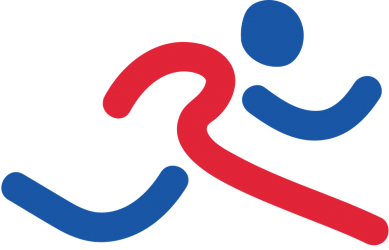What is blood pressure?
Did you know that blood pressure is one of the risk factors for heart disease? It’s often considered silent, as high blood pressure doesn’t have noticeable warning signs.
We often take blood pressure as part of our initial assessments, and often get asked what the numbers actually mean. Let’s break it down!
Blood pressure is the measurement of the pressure of the blood in the artery. The heart is a muscle, and is pumped out of the left side of the heart into the arteries to provide oxygen and nutrients to your body. When the blood pumps out of the arteries, it pushes against the arterial walls.
The top number on a blood pressure reading is known as systolic blood pressure and that occurs when your heart contracts and pumps blood.
The bottom number on a blood pressure reading is known as diastolic blood pressure and that occurs when your heart relaxes and refills.
“Normal” blood pressure reading is considered to be under 120mmHg for systolic and under 80mmHg for diastolic blood pressure. Hypertension, also known as high blood pressure is defined as a reading of >140mmHg over >90mmHg.
So what causes high blood pressure? There is no one specific cause of high blood pressure, but there are a number of things that can increase the risk of developing such as:
- Family history
- Eating patterns
- Alcohol intake
- Smoking
- weight
- Physical activity and exercise levels.
Exercise can reduce blood pressure. For those with hypertension, regular aerobic exercise can see decreases in systolic blood pressure and diastolic blood pressure around 7/6mmHg. Regular resistance training can also decrease blood pressure, with a smaller drop reported of 3/3mmHg.
An overall drop of 5mmHg of systolic blood pressure is associated with a reduction in all cause mortality.
- A reduction of 7% in all cause mortality
- A reduction of 14% death due to stroke
- A reduction of 9% death due to coronary heart disease.
As little as 1 hour of exercise per week can induce a lowering of blood pressure. Aerobic training (IE: walking or cycling) has been shown to have a bigger decrease in blood pressure, however, regular resistance training also can lower blood pressure.
Sources:
Heart Foundation, n.d. Blood Pressure and your heart. https://www.heartfoundation.org.au/Bundles/Your-heart/Blood-pressure-and-your-heart
Heart Foundation, n.d. Hypertension https://www.heartfoundation.org.au/getmedia/c83511ab-835a-4fcf-96f5-88d770582ddc/PRO-167_Hypertension-guideline-2016_WEB.pdf
Exercise Right, n.d. How exercise can lower your blood pressure https://exerciseright.com.au/how-exercise-can-lower-your-blood-pressure/


